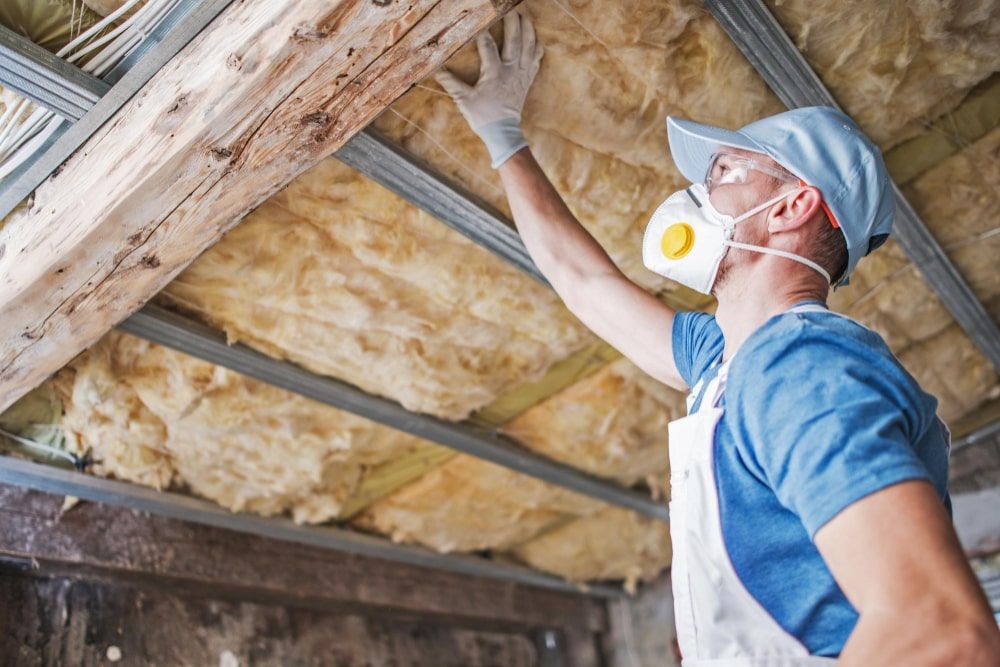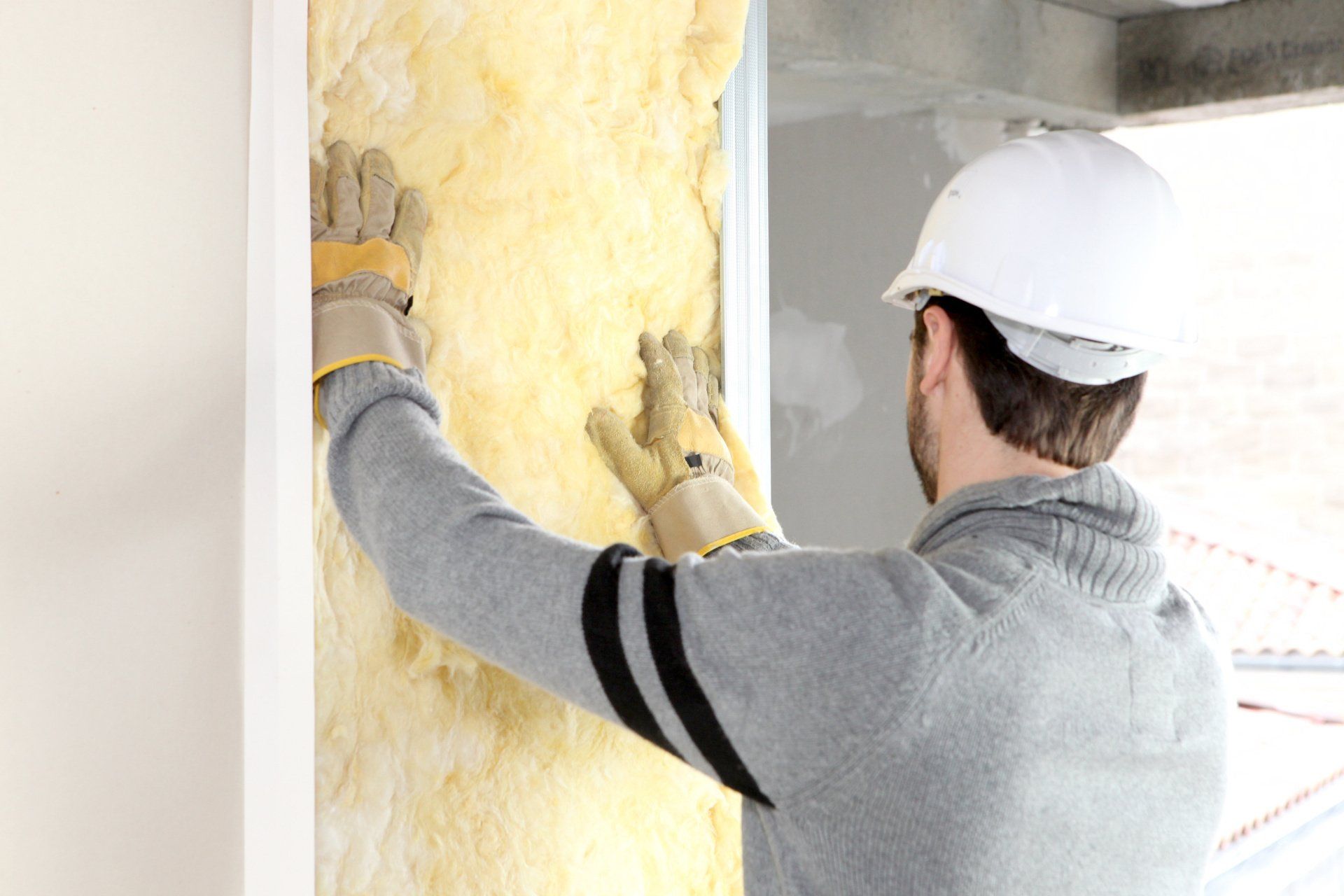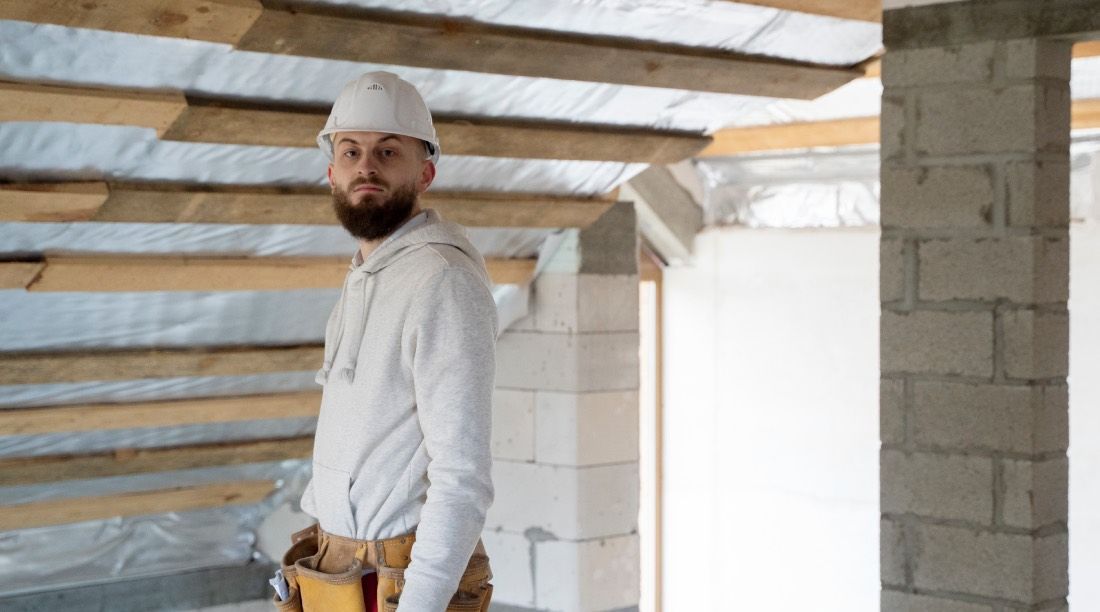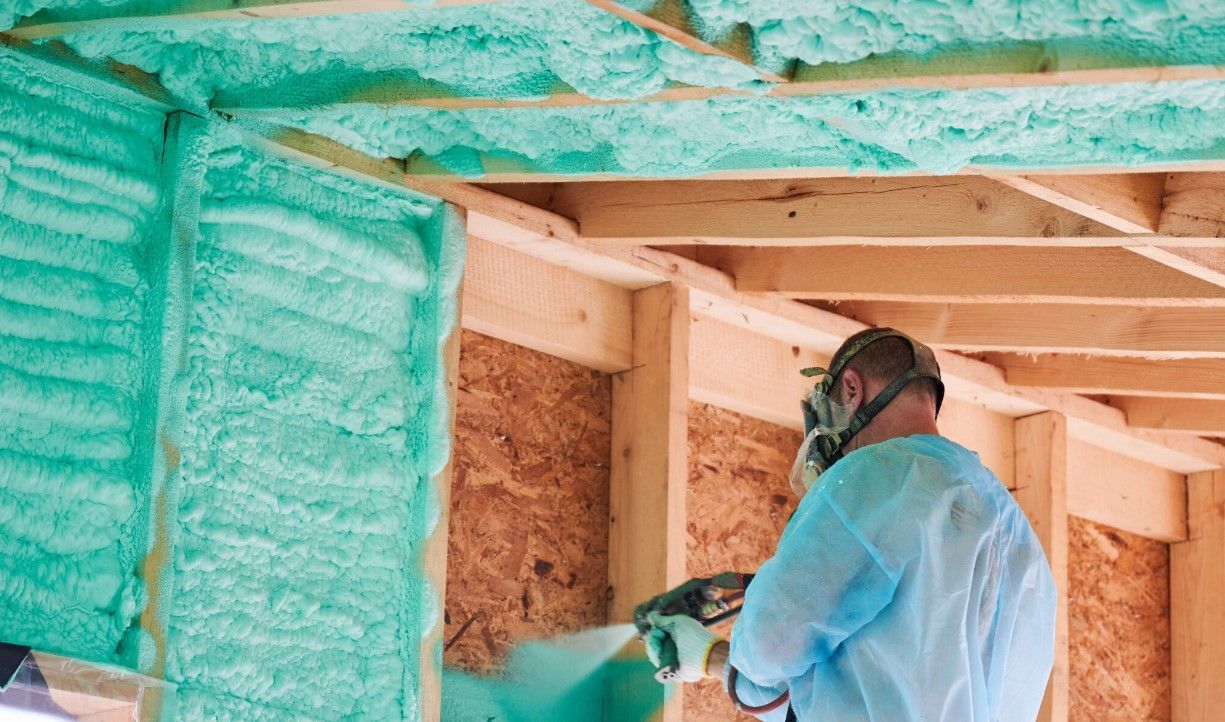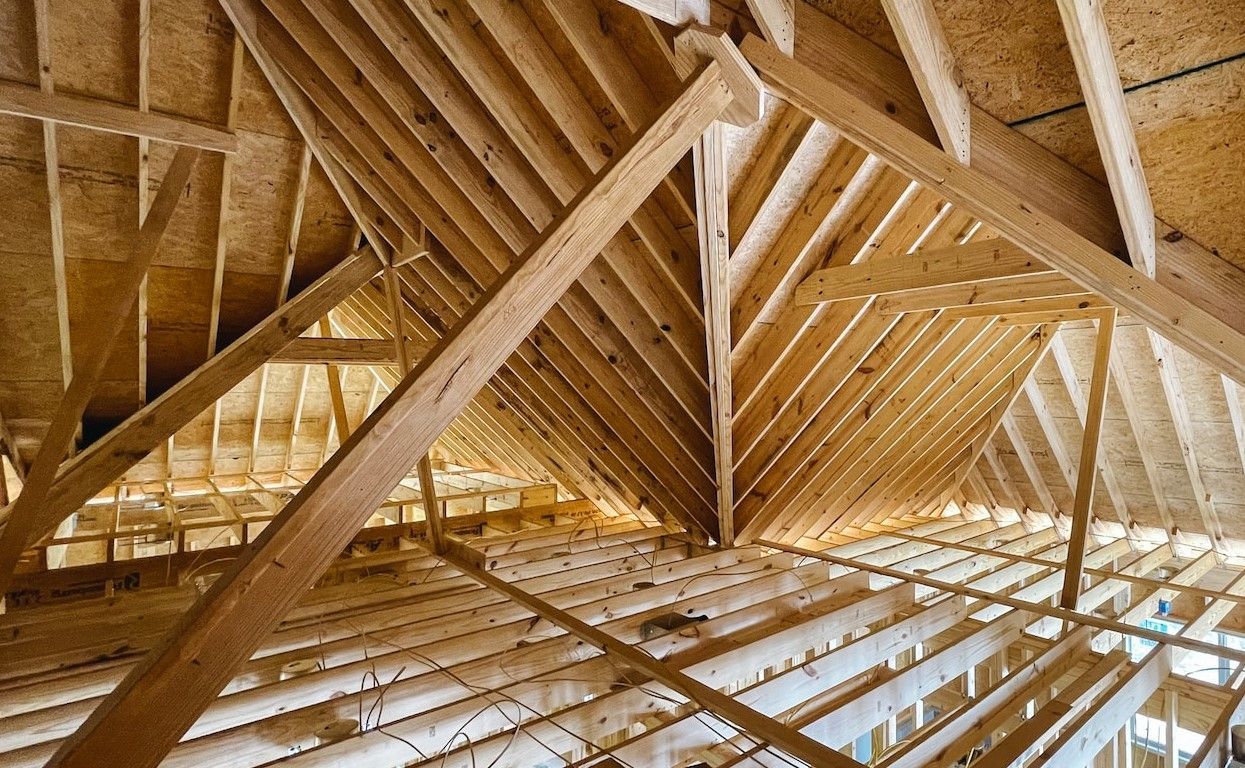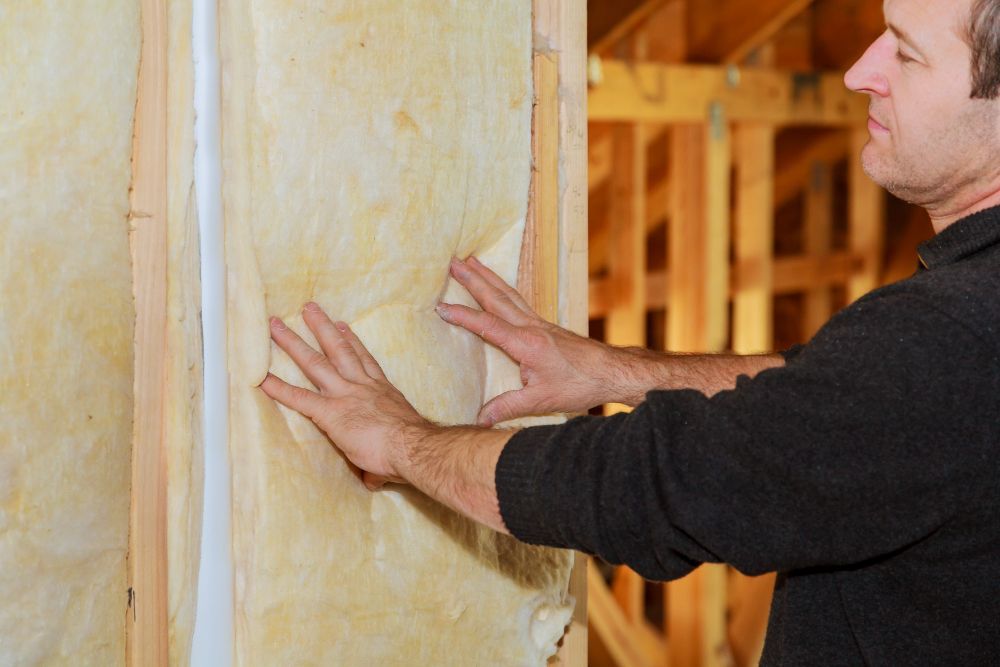Maximizing Comfort and Savings: The Complete Guide to Blow-In Insulation
In the realm of home insulation, efficiency and effectiveness are paramount. Whether you're battling against the biting cold of winter or the scorching heat of summer, finding the right insulation solution can make all the difference. Enter blow-in insulation – a versatile, cost-effective method that promises to revolutionize your home's energy efficiency and comfort levels. In this comprehensive guide, we'll explore the ins and outs of blow-in insulation, uncovering its benefits, installation process, and why it's the ideal choice for homeowners in Yukon, OK.
Understanding Blow-In Insulation
Blow-in insulation, also known as loose-fill insulation, comprises small fibers or particles, such as fiberglass, cellulose, or mineral wool. This type of insulation is incredibly versatile, suitable for use in attics, walls, and floors. Its primary function is to minimize heat transfer, thereby improving the thermal resistance of the building.
Benefits of Blow-In Insulation
Blow-in insulation offers a myriad of benefits, making it a preferred choice for homeowners and contractors alike. These advantages include enhanced energy efficiency, improved comfort levels, sound dampening properties, and eco-friendliness.
Types of Blow-In Insulation
There are several types of blow-in insulation available, each with its unique characteristics and advantages. Fiberglass, cellulose, and mineral wool are among the most common options, providing varying levels of thermal resistance and fire resistance.
Installation Process
Proper installation is critical to ensure the effectiveness of blow-in insulation. The process typically involves an initial assessment of the building's insulation needs, followed by thorough preparation of the installation area. Specialized equipment, such as blowing machines, is used to evenly distribute the insulation material. Trained technicians carefully apply the insulation, ensuring complete coverage and uniform density.
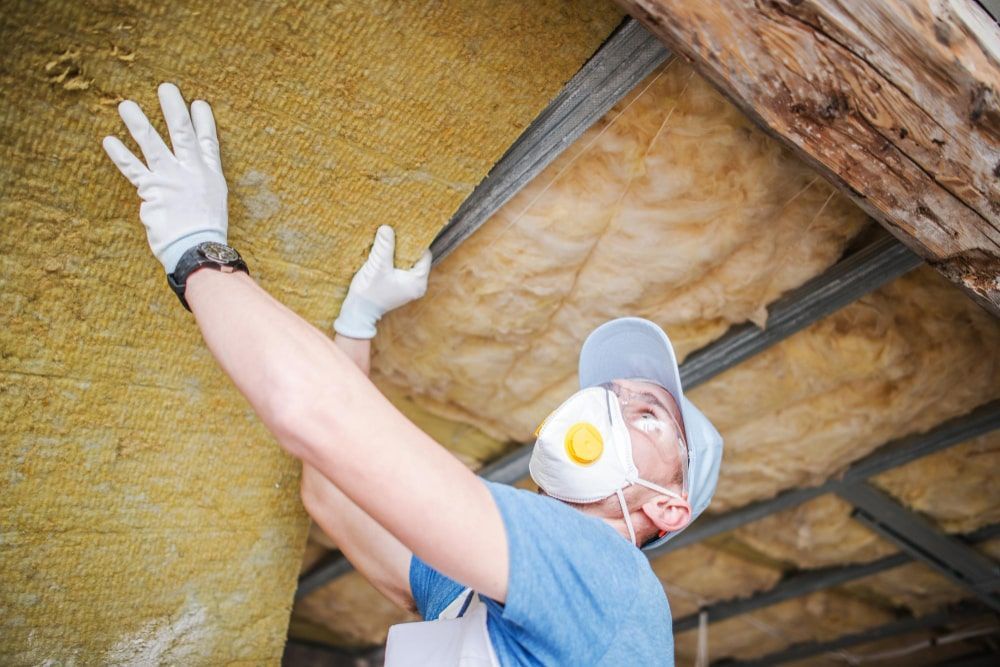
Cost-effectiveness of Blow-In Insulation
While the upfront cost of blow-in insulation installation may seem daunting, its long-term benefits far outweigh the initial investment. By reducing heating and cooling costs, blow-in insulation offers significant energy savings over time. Additionally, its durability and minimal maintenance requirements make it a cost-effective choice for homeowners.
Blow-in insulation represents a game-changer in the realm of home insulation, offering unparalleled energy efficiency, comfort, and savings. If you're ready to experience the transformative benefits of blow-in insulation, look no further than 4 Seasons Insulation in Yukon, OK. Our team of experts is dedicated to helping homeowners achieve optimal comfort and energy efficiency through top-quality insulation solutions. Contact us today to schedule an assessment and take the first step toward a more comfortable and sustainable home.
Transform your home with blow-in insulation from 4 Seasons Insulation. Contact us today at to schedule an assessment and discover how our insulation solutions can enhance your comfort and save you money. Don't wait – experience the difference of blow-in insulation with 4 Seasons Insulation in Yukon, OK.
